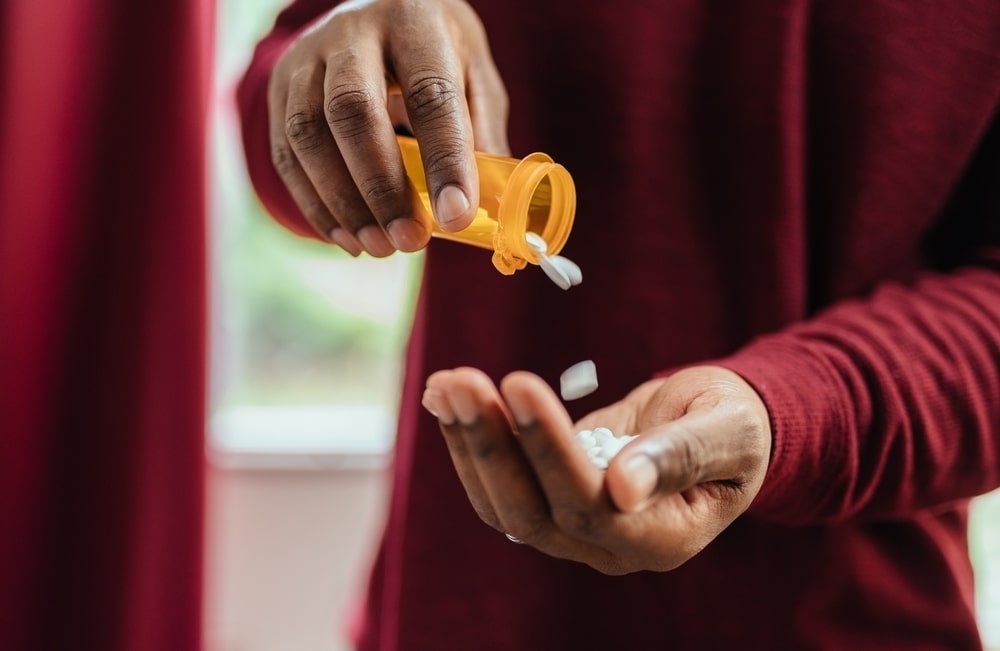The cost of treatment for methamphetamines varies significantly, depending on the amount of time you spend there and the type of program you attend. Our affordable outpatient programs last for between eight and 16 weeks, while you’ll spend around six months on average at our sober living facilities. Rates for sober living start at $33 per day.
With Insurance
For most people, insurance covers at least some of the costs associated with addiction treatment. Medication, outpatient treatment, therapy, assessments, lab work, detox and aftercare may all be covered under your insurance policy.
No Insurance
If you don’t have insurance, you’ll need to pay for the cost of rehab out of your own pocket. There are several ways you can source funding if you don’t have access to enough cash yourself:
- Health care credit cards or loans
- Loans from family members or close friends
- Crowdfunding
- Charitable organizations for low-income or disadvantaged individuals







